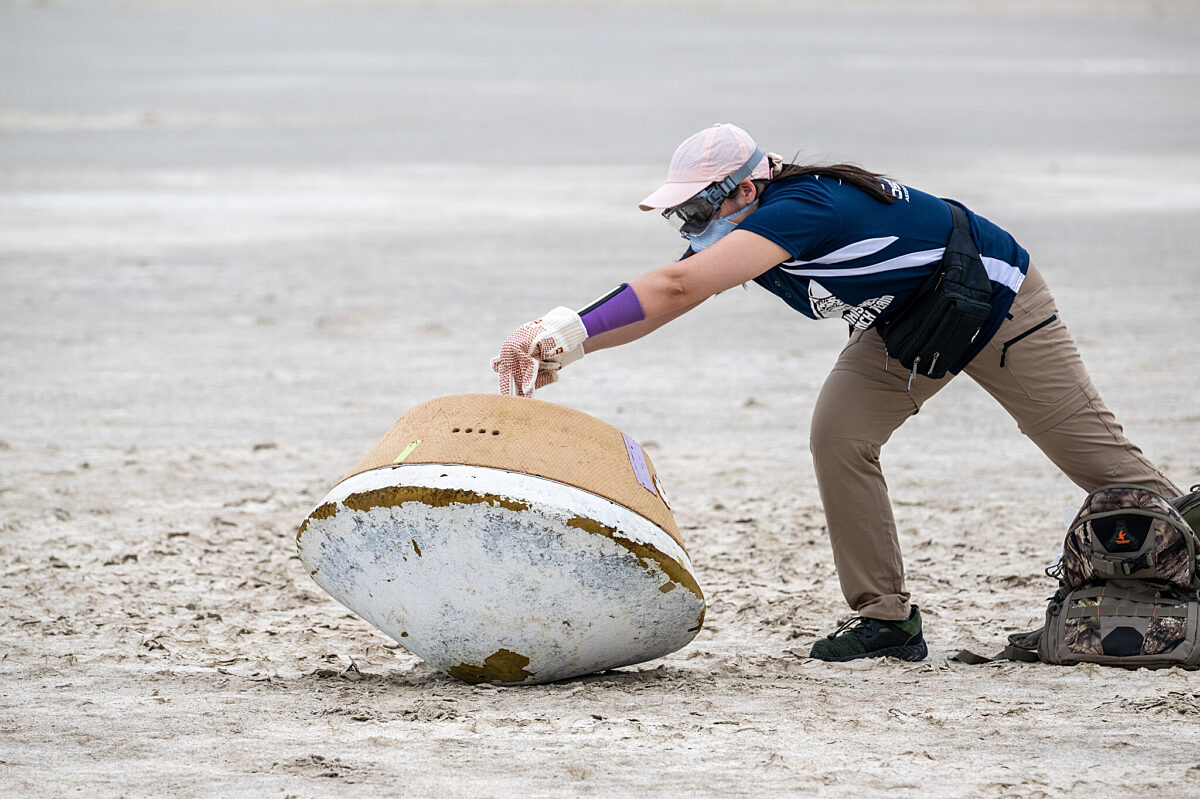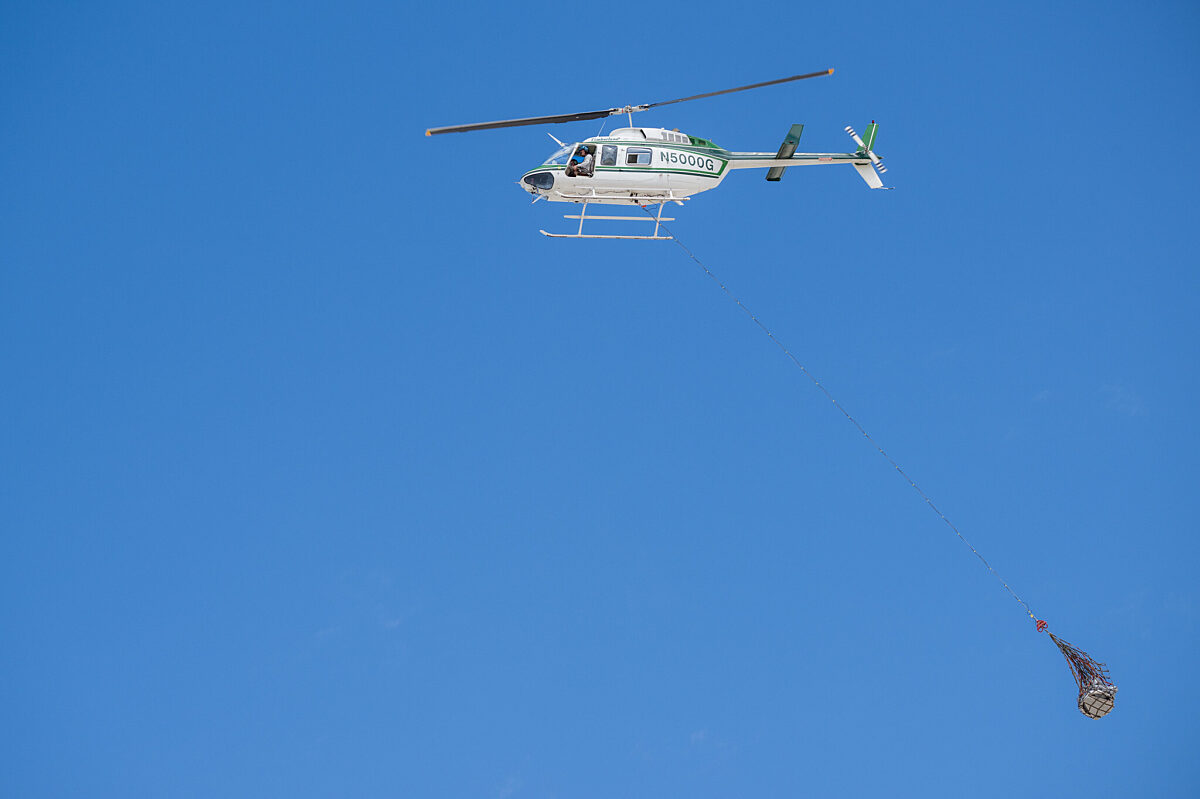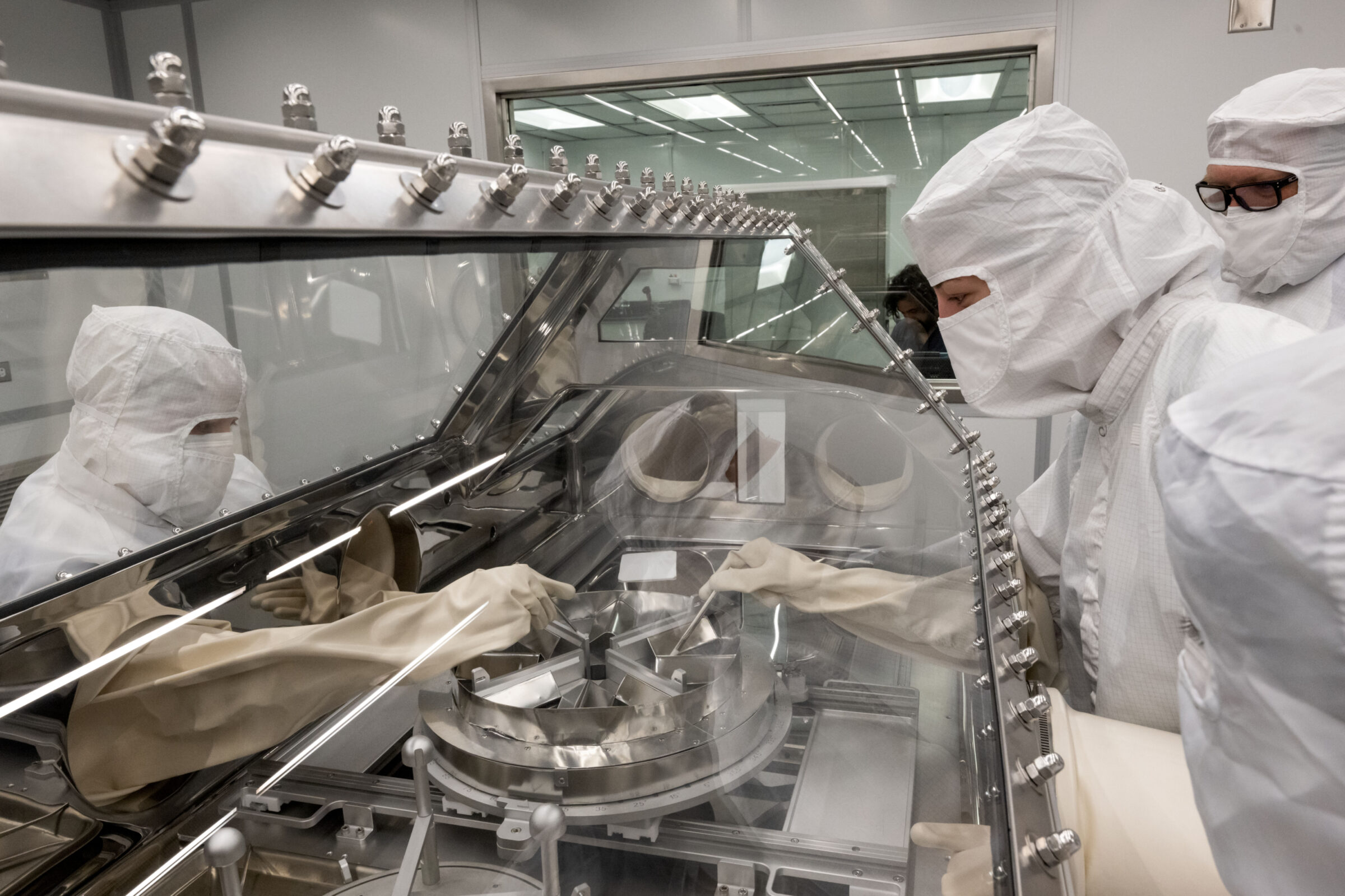Jason Davis • Sep 05, 2023
OSIRIS-REx sample return: What to expect
After a seven-year journey to asteroid Bennu and back, NASA’s OSIRIS-REx spacecraft is returning to Earth with a coffee mug-sized sample of rocks and dust that could help us understand our very origins.
OSIRIS-REx is scheduled to drop off its precious cargo on Sept. 24, 2023, completing a voyage that spanned 7.1 billion kilometers (4.4 billion miles) of interplanetary space. The sample will land under parachute at the Department of Defense’s Utah Test and Training Range southwest of Salt Lake City. Touchdown is expected around 10:54 a.m. EDT (14:54 UTC).
The samples, which weigh about 250 grams (a half-pound), may help us understand what conditions were like in the Solar System when life arose on Earth. Ancient asteroids like Bennu may have carried water and organic materials to Earth long ago. By analyzing a sample from Bennu, scientists hope to gain insight into the recipe used to cook up life on Earth.

Heads up!
The sample dropoff begins on Sept. 24 as OSIRIS-REx cruises past Earth at an altitude of just 250 kilometers (155 miles).
Aiming for a precise location above our planet, the spacecraft will release its mini-fridge-sized reentry capsule into Earth’s atmosphere at 10:41 a.m. EDT (14:41 UTC). As it plunges toward the Utah desert, the capsule will reach a top speed of 43,000 kilometers per hour (27,700 miles per hour), becoming the second-fastest human-made object to enter Earth’s atmosphere. (The fastest record is held by NASA’s Stardust mission, which returned samples of comet Wild 2 to Earth in 2006.)
As the reentry capsule speeds through the atmosphere, air molecules in its path will heat up, reaching temperatures of up to 2,900 degrees Celsius (5,300 degrees Fahrenheit). The capsule will weather the inferno thanks to NASA’s PICA heat shield technology and a white epoxy coating.
The heat shield took a small hit from a particle in deep space in either 2016 or 2017, but the incident is not expected to cause problems during reentry.
While still at supersonic speeds, the capsule will deploy a drogue parachute before a main parachute slows its descent. Its touchdown zone is an oval measuring 58 kilometers by 14 kilometers (36 miles by 8.5 miles). Touchdown time is expected to be 13 minutes after entering the atmosphere: 10:54 a.m. EDT (14:54 UTC).

Securing the sample
As soon as the capsule touches down, OSIRIS-REx personnel will spring into action from a nearby hangar, riding four helicopters to the landing site.
The first person to approach the sample capsule will be a military representative who will make sure the area is safe by checking for any unexploded ordnance. A representative from Lockheed Martin will check the capsule’s temperature to ensure it has cooled off from its fiery descent.
The OSIRIS-REx team will take samples of the soil and air at the landing site. These will be vital later if scientists detect the molecular precursors to life in the Bennu samples. By comparing these important findings with sample site readings, the team can ensure the samples don’t contain Earthly contaminants.
Two team members will lift the capsule, which weighs about 45 kilograms (100 pounds), into a metal crate. They will wrap the crate in protective Teflon and a tarp before bundling the whole thing into a harness. A helicopter will hook onto the harness and transport it to a temporary clean room in a nearby hangar. There, technicians will delicately open the sample capsule and extract the small canister containing the precious Bennu samples.
The canister will be stored under a nitrogen purge to protect it from contamination. On Sept. 25, the day after landing, the samples will be flown to a special curation lab at NASA’s Johnson Space Center in Houston, Texas. JSC’s Astromaterials Research and Exploration Science division, which hosts numerous other Solar System samples, will oversee initial curation of the OSIRIS-REx samples.
The sample canister will be placed inside a special nitrogen glovebox and opened roughly 10 days after arrival at JSC. NASA says it will reveal the samples to the public on Oct. 11.

What we’ll learn
At JSC, the OSIRIS-REx team will document, sort, and analyze the samples, creating an initial inventory of the materials that came back from Bennu.
Some of the samples will be stored and left untouched for future generations, who may be able to study them using more advanced technology. NASA does this for other planetary sample sets, including Moon rocks brought home by astronauts during the Apollo program. Still more samples will be given to partner organizations, including Japan’s space agency JAXA, which similarly gave NASA samples from its Hayabusa asteroid missions.
While we have samples from other asteroids, none are as old as Bennu, which is believed not to have significantly changed since its formation 4.5 billion years ago. As scientists around the world peer into the OSIRIS-REx samples, they hope to discover clues that take us one step closer to answering the ultimate question: Where did we come from?
As for OSIRIS-REx, the spacecraft will continue on an extended mission to visit Apophis, a near-Earth asteroid that will miss Earth by just 30,600 kilometers (19,000 miles) on April 13, 2029. Under the new designation of OSIRIS-APEX (OSIRIS-Apophis Explorer), the mission will collect the highest-resolution data of a “stony” (S-type) asteroid to date. This will provide us with new scientific insight into S-type asteroids while also helping us learn how we might defend our planet from an Apophis-like asteroid in the future.
Support our core enterprises
Your support powers our mission to explore worlds, find life, and defend Earth. You make all the difference when you make a gift. Give today!
Donate

 Explore Worlds
Explore Worlds Find Life
Find Life Defend Earth
Defend Earth

